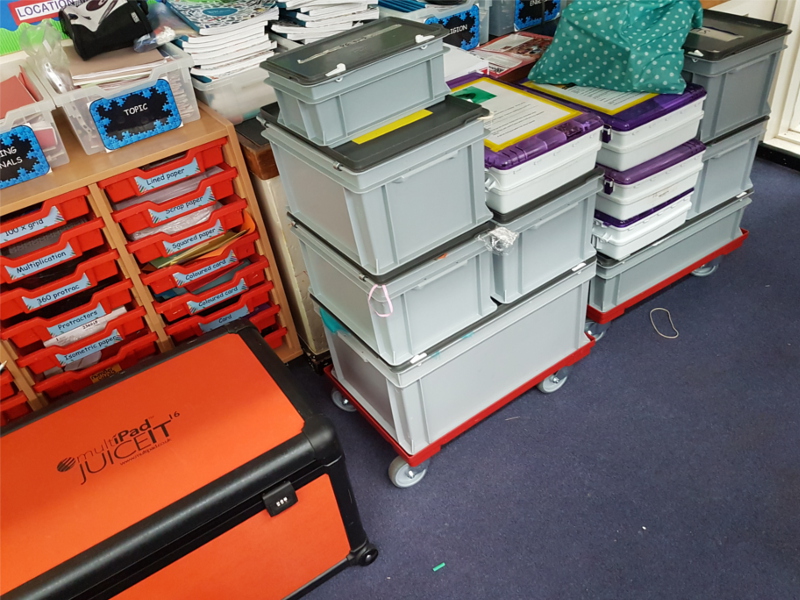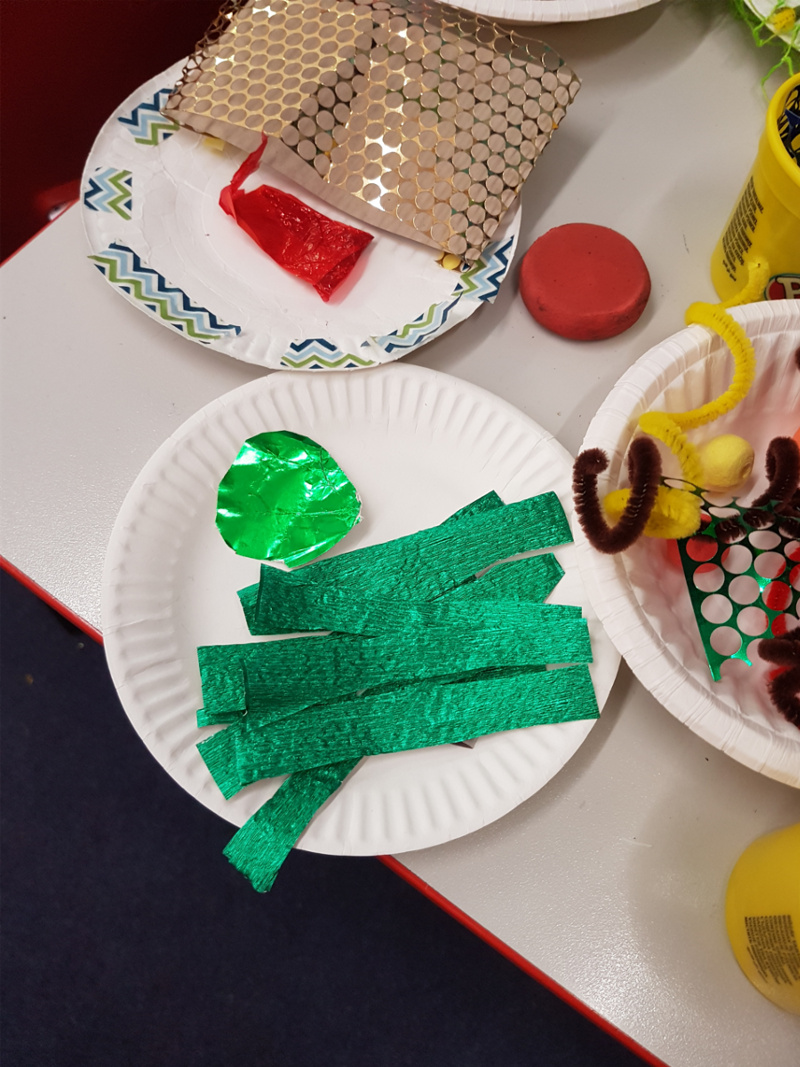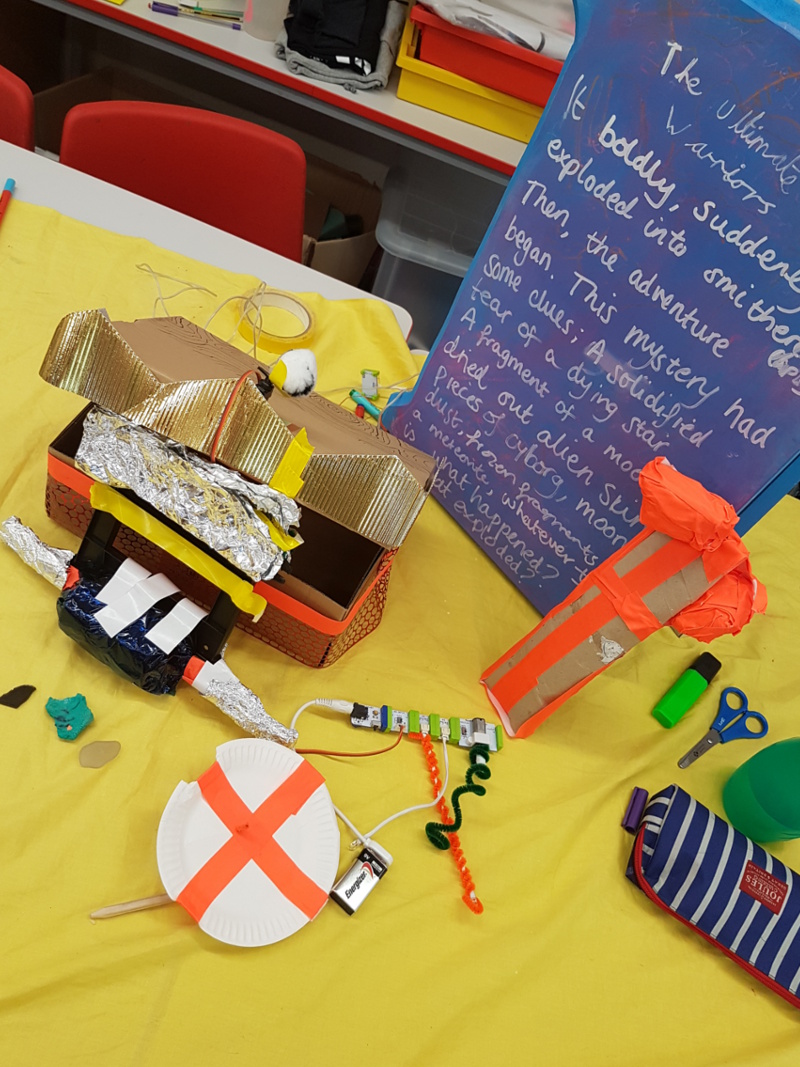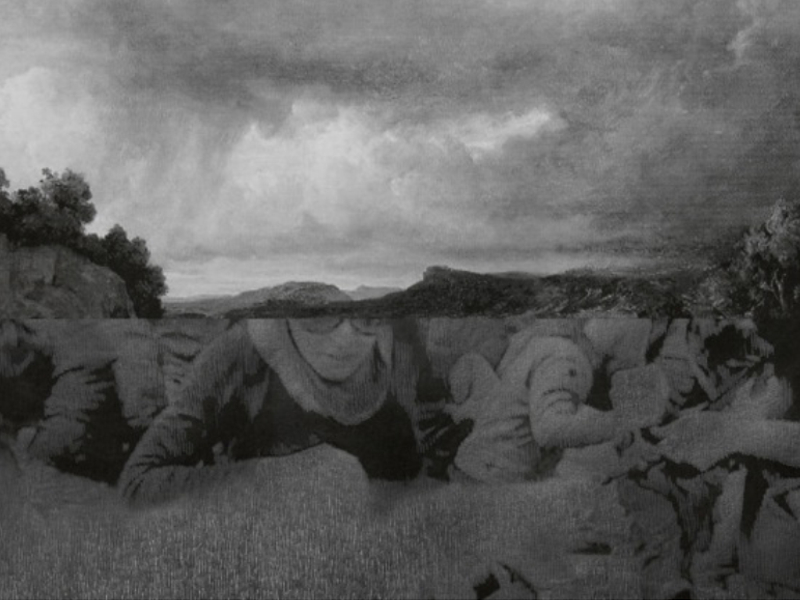Since our launch on the 16 June 2018 when Reading Abbey was finally revealed lots of different groups have been inspired to explore the site and past in creative ways.
We have run tours with costume interpreters, hosted an amazing poetry workshop where participants mined the past and Progress Theatre performed Much Ado about nothing utilising the Chapter House to great effect. Sitelines presented ‘In Ruins’ a promenade performance where 10 audience members were drawn through the ruins experiencing scenes from the Abbey’s historic past.
Whilst we have been exploring the past in lots of different ways, we have also been looking into the future! Reading International and ArtLab have been working with Reading Museum on separate projects, with different audiences to investigate the Abbey in very different ways this summer.
Reading International worked onsite in the ruins but also at the newly restored Abbey Gateway to lead drawing and archiving workshops throughout Open for Art week. Lots of people dropped in to see some of the work that had been created inspired by ruin, the process and the effect that ruin can have on communities.
ArtLab conversely went out to schools and their participants did not set foot into the ruins at all (at least, not as part of the workshops). Instead they used objects, maps and images of the ruins to inspire an exploration of the history of the site and then imagine a future for Reading and the Abbey.

Workshop Materials
ArtLab Workshops
Here at the museum, we were very excited to see the culmination of some of the school workshops that ArtLab have been running with the use of our Reading Abbey loan box. It is a great box that holds objects that were excavated from the abbey wharf in the 1980s. The water allowed things to be preserved so that we could look at them again years later.
ArtLab went out to schools with 4 missions for their classes, based on Reading Abbey: To record a sound tour of the Abbey, to create a banquet of dishes from the future, to make a digital time capsule, and finally to re-imagine the missing object from our loan box and create a 1 minute broadcast to share this object on the news!
It is worth noting that all schools participating in these workshops have created unique stories and projects based on the four missions above.
At each workshop, the four groups create something different. The Green Group made recordings of ‘sounds from the past’, showing what they thought everyday life would sound like if we had recording equipment in the 12th century. The Pink Group projected into the future and saw aliens invade. Aliens, who were desperate to take our abbey stone and use it to recreate our ruins in their own alien planet. Upon defeating them, the children made an alien banquet with kings and queens.

Alien skin chips
The Yellow Group created artefact finders that could identify the material that objects were made form, what they did and who used them. This was the group that created a time capsule with sound, video and moving elements. They used technology and art materials to create their ideal tech of the future that could perhaps create a greater connection to the past.

Time Capsule
We have received a lot of postcards from participating schools letting us know what they thought the ‘missing’ object was. This included writing and drawing that explored what the object could be. It is great to have this kind of interaction with ArtLab and participating schools.
It is interesting to see the work that the children did in the workshops linked so intrinsically to digital technologies and the skills associated with them. The postcards linked back to older forms of communication and the time it takes to make contact with someone through the postal service. In the past, people took that much longer to communicate messages, through walking, horse or boat, messages were dependant on physically being able to access somewhere. Now our communication is much quicker and direct. Through technology we can spread and share ideas immediately and we can measure the impact of our message.

Pirate Ship
The Blue Group was asked to look inside our loan box and imagine what the missing object might be. The shape left in the box made it difficult for children to guess what it was, some could see soft flat pillows and others saw a plank of wood from a pirate ship. It was actually a piece of wood, part of what had previously been the Abbey Wharf on the River Kennet.

Postcards
Reading International Workshops
Reading International worked at the Abbey Gateway to create a series of workshops, Creating Ruin, exploring the recording of history and conflict. Lada Nakonechna is the artist in residence for Reading International.

Creating ruin
“Lada Nakonechna’s work explores the social and historical space of post-Soviet countries as a mirror of European processes, dealing with questions of personal responsibility and civic patriotism, examining the interaction of the individual and the common, and exploring the role of the artist and art institution in response to the situation in contemporary Ukraine, which is involved in a state of war since the 2014 uprising. In her work for Reading International Lada Nakonechna will be focussing on the contradictory yet inherently connected notions of creativity and violence.”
The gateway hosted drawing workshops in which participants drew the ruins, exploring their shape and understanding their history whilst Lada recorded ruins on a tablet.

Webrecorder
Lozana Rossenova held a fascinating Webrecorder workshop. She took participants through recording the web in archives that can be accessed even when link-rot(links that no longer lead to anywhere) or deletion has occurred on the original site. This is particularly relevant when keeping record of people’s tweets and videos. In the time of ‘fake news’ this recording becomes an archive with a date and authenticity.
This work will be displayed at Reading Museum in the Autumn.





